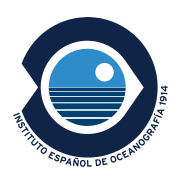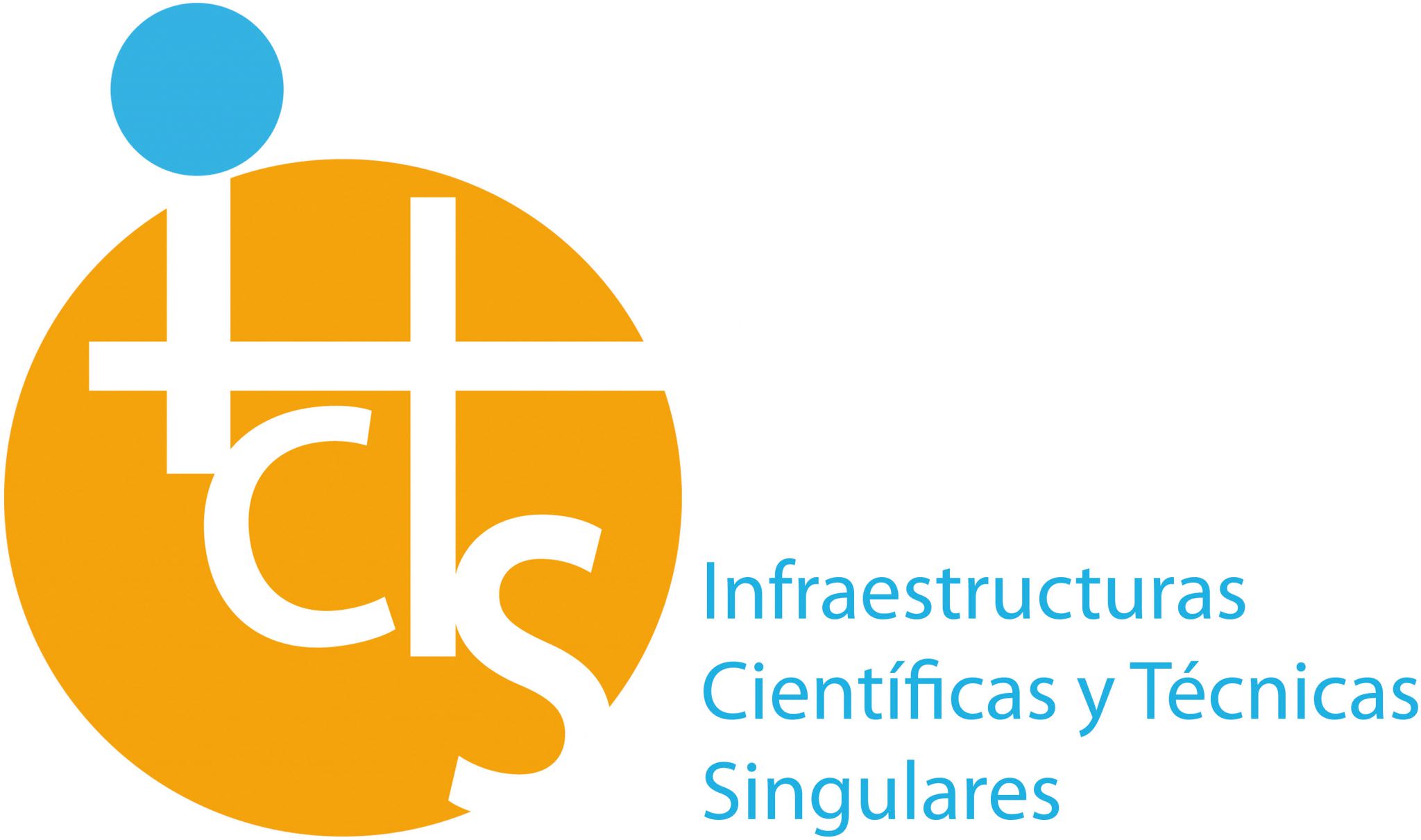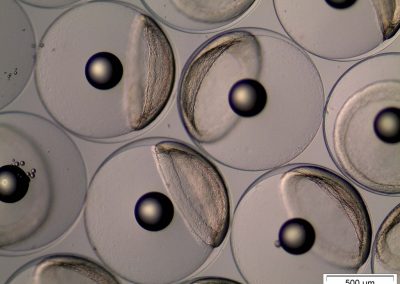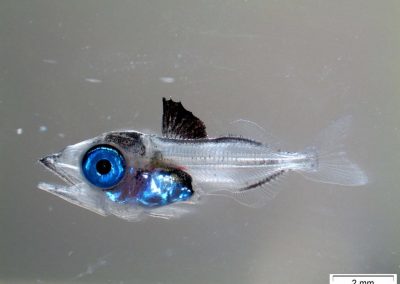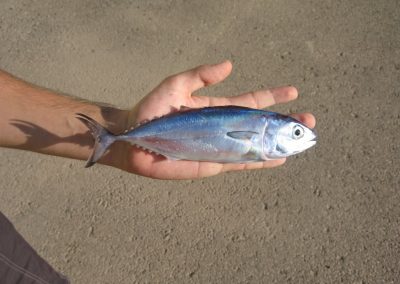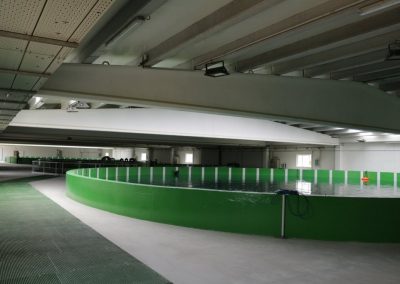About us
The singular scientific and technical infrastructures (ICTS) are large installations, resources, facilities and services, unique in its kind, that are dedicated to cutting edge and high quality research and technological development, as well as to promote exchange, transmission and preservation of knowledge, technology transfer and innovation.
The Infrastructure for Atlantic bluefin tuna aquaculture (ICAR), belonging to IEO, is a unique scientific and technical Infrastructure (ICTS) devoted to study the full aquaculture of Atlantic bluefin tuna Thunnus thynnus.
Located in the Murcia Region (SE Spain), it is constituted by the Mazarrón Marine Aquaculture Plant and the Installation for the Control of the Reproduction of Atlantic bluefin tuna (ICRA).
ICAR belongs to the Spanish Institute of Oceanography (IEO). Since 2008 IEO depends on the Ministry of Science and Innovation, so the infrastructure will be 100% public owned.
The Spanish Institute of Oceanography (IEO) is a public research organization (OPI) belongs to the Ministry of Science, Innovation and Universities, devoted to the research in marine sciences, particularly that related to scientific knowledge of the oceans, fishing resources, marine environment and marine aquaculture. The IEO represents Spain in the majority of scientific and international technologies related to the sea and its resources. It has nine coastal oceanographic centers, five marine aquaculture research plants, 12 mareographic stations, a satellite image receptor station and a fleet comprising six oceanographic vessels.
HUMAN RESOURCES
The Scientific and Technical Advisory Committee is an ICAR advisory body whose documents must be reported to the IEO. Its purpose is to advise on ICAR’s scientific and technological activities, programs and plans and to propose future actions that may improve the quality and scope of the work.
It is composed by the following recognized international prestige members in marine aquaculture and ABFT research:
- Dr. Francesc Piferrer. Research Professor. Spanish Research Council (CSIC)
- Dr. Mónica Betancor. Research Professor. University of Stirling (UK)
- Dr. Constantinos C. Mylonas. Research Director, HCMR (Greece)
- Dr. Francisco Alemany. Research Professor. IEO
- Dr. Aldo Corriero. Research Professor. University of Bari (Italy
The Open Access Committee (OAC) will consist of the following members:
- President: Dr. Fernando de la Gándara. Scientific Researcher (IEO, CSIC)
- Secretary: Dr. Aurelio Ortega. Head of the IEO Aquaculture Area
- Member: Dr. Patricia Reglero. Scientific Researcher. CSIC
- Member: Dr. Emilio Maria Dolores. Head of the Fisheries Service from Comunidad Autónoma de la Región de Murcia
- Member: Dr. Gabriel Mourente. Full Professor. Cadiz University
The infrastructure will have the following scientific and technical staff, as well as manager staff, with extensive experience in Mediterranean fish breeding techniques, larval rearing and juvenile production. All staff will be directly involved, with a dedication of 20% of their journey:
|
Position and functions |
Number of people |
| ICAR Principal Researcher (support to users). Make decisions of strategic or competence nature and resolution of possible conflicts. Carry out monitoring of strategic objectives | 1 |
| Manager. Manage the human, material, financial and economic resources to respond to the administrative and infrastructure needs and equipment for the development of the activity | 1 |
| Researchers (PhD Degree) (Direct support to users) Direct support to research teams to facilitate the correct development of their projects. Staff | 2 |
| Upper degree Technician, taking care of organizing all the rearing required by research (ABFT egg, phytoplankton and zooplankton, sea bream yolk sac larvae, etc.) | 5 |
| Technician of intermediate degree, official (Direct support to users) Establishment and coordination of the relationship between researchers and technical staff | 1 |
| Technical assistant staff (Direct support to users) Under the supervision of the researchers, direct support to the research teams for the technical support of the projects | 7 |
| Auxiliary technicians. Under supervision of the technical assistant staff. Their responsibility are: cleaning the facilities and tanks, feeding the fish, and checking the correct operation of devices, pumps, etc | 7 |
| Administrative staff (Indirect support to users). Administrative support | 9 |
| Total Staff | 33 |
Rationale
Aquaculture now provides more than 50% of the fish for human consumption worldwide (FAO, 2015). Fisheries are not expected to grow due to full or over-exploitation of existing stocks, while the demand for fish is growing. To meet this demand, aquaculture grows at an average 6-8%/year worldwide, making it the fastest growing animal production, now catching up with beef production (FAO, 2013). Despite importing >70% of fish consumed, aquaculture production has stagnated in the EU. A growing share of fish on the European market is from Asian origin, posing a strong economic challenge to the EU industry. The industry also has to cope with a changing landscape, such as new consumer preferences, growing concern for environment and animal welfare issues, new standards (e.g. Water Framework Directive, traceability), effects of global change, and conflicts with users of coastal areas and water resources.
The EU has long identified aquaculture development as a key issue for the economic development of coastal and remote areas, as well as a way to enhance the consumption of high quality seafood respecting animal welfare and the environment (COM(2002)511 final). However, in 2009, the Commission (COM(2009)162 final) recognized that aquaculture had stagnated in Europe while it was developing in the rest of the world, and that further efforts were warranted to build a sustainable future for aquaculture in the EU. The European Commission adopted in September 2012 a Communication on Blue Growth “opportunities for marine and maritime sustainable growth” as a part of the Integrated Maritime Policy (COM(2012) 494 final). Aquaculture and its sustainable development is an integral part of the EU’s Blue Growth Strategy and one of its pillars that will contribute to the Europe 2020 Strategy.
Finally, on 29 April 2013, the European Commission presented Strategic guidelines for the sustainable development of EU aquaculture (COM (2013) 229 final) which includes the obligation for each member state to set up a Multiannual national strategic plan for the promotion of sustainable aquaculture over the period 2014-2020.
Sustainable growth can only be achieved through an efficient production of high value fish products in an environmentally responsible way. The EU aquaculture industry, research community and NGOs, gathered in the European Aquaculture Technology and Innovation Platform (EATiP) have identified the main challenges and research areas for a Strategic Research Agenda, with the objective to double aquaculture production in the EU by 2030.
Europe is well positioned to achieve this objective in terms of top-level expertise, technologies and know-how in areas that are crucial for advancing the marine bio-economy – ca. 28% of aquaculture research papers worldwide over 2005-2014 vs. 22% over 1995-2004, making it the world leader of aquaculture research. However, Asian research is booming (+1100% aquaculture papers in China over the same period) as it benefits from high public and private incentives. This is a major challenge for the EU aquaculture research community to remain the global leader of aquaculture science, and a further challenge is to translate research excellence into innovation and industrial growth.
Regarding the specific situation of bluefin tuna, in spite of the positive effects of recovery plans, the catch limitation will continue in the near future. Therefore, in order to guarantee the supply of bluefin tuna in the quantity and quality required by an increasingly important and selective market, it must inevitably come from its production through integrated aquaculture techniques (as is currently the case with other species such as sea bass, sea bream or turbot), which will also result in natural populations recovering the structure they had hundreds of years ago, more quickly. The recommendations of the GFCM / ICCAT working group on practices for the sustainability of bluefin tuna in the Mediterranean (ICATT, 2005) can be read: Potential sustainability of bluefin tuna in the long term is associated with progress in the domestication of the species.
Potential sustainability of bluefin tuna in the long term is associated with progress in the domestication of the species.
The results of the SELFDOTT project (7thFP project coordinated by the IEO) have set the guidelines for massive layouts of fertile bluefin tuna in floating cages. However, given the short period of time (June-July) and that the collection of eggs in the open sea depends on the thermal regime and the state of the sea, any eventuality may jeopardize such collection and therefore, conducting experiments on the production of juveniles. In addition, the collection of eggs at sea has the serious drawback that they may be accompanied by other competing or even predatory species of bluefin tuna in the early larval stages. It is therefore imperative, for the later development of large-scale juvenile production, to have a large onshore facility capable of keeping the larvae of this species housed under strict environmental conditions and larval, weaning and pre-ongrowing facilities, specifically designed for bluefin tuna. The extension of the laying period would make it possible to advance faster in the development of this species’ cultivation techniques, with experiments being carried out over a longer period of time and producing eggs, larvae and juveniles of bluefin tuna on a continuous basis.
